Cilantro(Coriandrum sativum)is a great herb for your kitchen or outdoor garden. Cilantro refers to the plant’s green stem and leaves, which are best when eaten fresh. Its common name Coriander refers to the seeds which are commonly used as a cooking spice, especially in Asian and Mexican countries.
Cilantro is not only an easy-to-grow plant, but it boasts two herbs at the price of one. Although, despite its wide usage and growing popularity for this dish in cooking, you might not see many people growing it in their gardens. A possible reason can be the fact that many people think that growing cilantro is difficult. That is not the case at all.
To help you understand how you can grow cilantro at your home, we have provided a few tips below.
How to Plant Cilantro
Planting Cilantro from Seeds
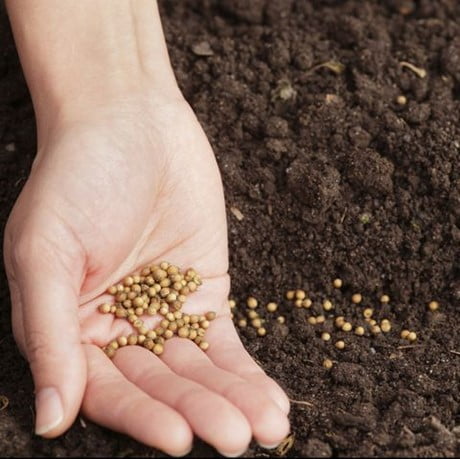
For growing Cilantro from Seed, find a container at least 8 inches deep or a spare piece of land. The seeds you will be using to plant the cilantro are two cilantro seeds encased in a husk.
Prepare the cilantro seeds by crushing the seed husk holding the two seeds together. Soak it in water for about 24-48 hours. Please remove it from the water and allow it to dry.
Once this is done, put the seeds in the soil, covering them with about a ¼-inch layer of soil. Let it grow until it is at least 2 inches tall. Space the plants 6 inches apart. If planting rows, keep rows 12 inches apart.
Planting Cilantro from Cuttings
Cilantro can be easily grown without seeds as well. Here’s how to grow cilantro from cuttings: Collect 15-20 cuttings for a regular pot and grow many seedlings together. Cilantro cuttings can be grown easily both in soil and soilless (water) culture.
If you want to grow more cilantro for next year, choose a good spot and let the plants flower and self-seed, rather than harvesting the entire plant.
Caring Cilantro Plants
Temperature and Humidity
Relatively cooler temperatures, hovering around or below 70 degrees Fahrenheit, provides the best condition for Cilantro plants. Higher temperatures can cause bolting in plants easily. Too much humidity should also be avoided as it may cause similar issues.
It is best to grow cilantro in spring or early fall if your residential area receives warmer and/or humid summers. Cilantro is a cool-weather plant, still, frost sensitive. So, make sure you are keeping row covers handy to protect them if extreme weather is predicted.
Soil
For cilantro plants, it is important to choose a soil blend that boasts a neutral to acid pH and is well-draining and fast drying. Too much-retained moisture in the soil can cause the plant to bolt early.
Water
Depending on your environment, maintain moist soil for your plant by watering it every few days. However, avoid pooling of water or keeping it soaked, as it can be detrimental to cilantro.
Light
Cilantro plant requires a mix of sunlight and partial shade. But it grows well in cooler temperatures of spring or early fall. You should select a plot of your garden that will not receive too much high-noon sunlight.
If you live in hot climate areas, plant your cilantro in pots and periodically move them in the shade.
Fertilizer
Although cilantro plants do not really need to be fertilized, providing them with some organic blend can boost their growth. Try adding some nutritious compost or a bit of organic matter to your soil. It will help your plants thrive better.
Storing and Using Harvested Cilantro
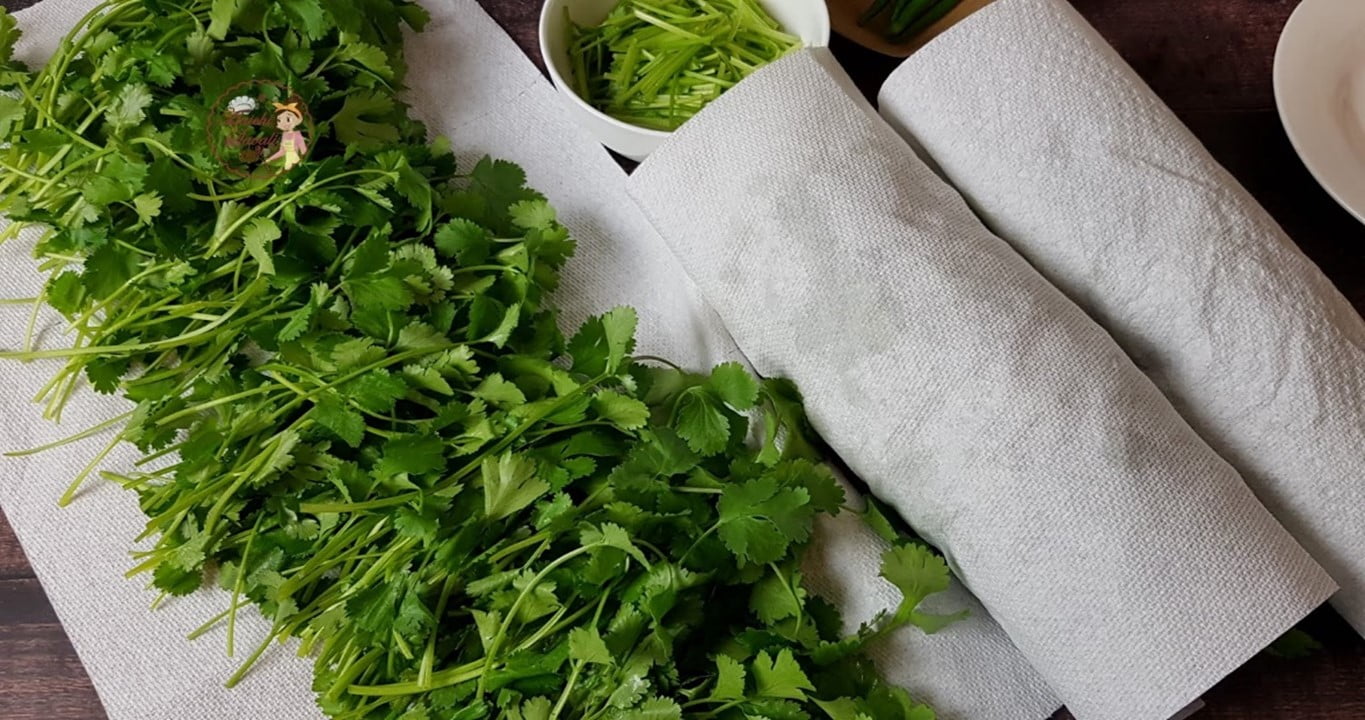
After the plant bolts, you can collect any visible coriander seeds and crush them for cooking or baking. Or you can crack the seed shell by crushing it gently. Soak them overnight, let them dry completely, and plant next season.
Cilantro leaves are best when fresh. It should be used at the end of cooking for full flavor. To lengthen its shelf-life, wrap damp paper towels around fresh cilantro and store it in the refrigerator.
Bonus Tips
- Avoid placing cilantro plants separately in single pots, but also place them in such a way that they will not overcrowd.
- Use freshly cut seedlings for sowing because if they grow older, they will not produce roots.
- Water regularly, avoiding pooling, over-watering, or drying it out.
- Use them fresh in the cooking as they lose taste and flavor after storing.
- For their lush green growth, provide them with enough sunlight but avoiding direct sunlight at the same time (it may burn the leaves)
- Take out some time to prune cilantro frequently as it helps delay bolting and prolongs your harvest time.
- For a steady supply throughout the season, plant new seeds every 6 weeks
- Pinch back young cilantro plants to encourage bushier plants.
- You can choose low-bolting varieties of cilantro, such as Costa Rica, Long-Standing, or Leisure, for the best harvests.
Conclusion
Cilantro is used in our meals daily. As we saw, growing cilantro as a kitchen or garden herb is extremely easy. So, what are you waiting for? Give it a try!

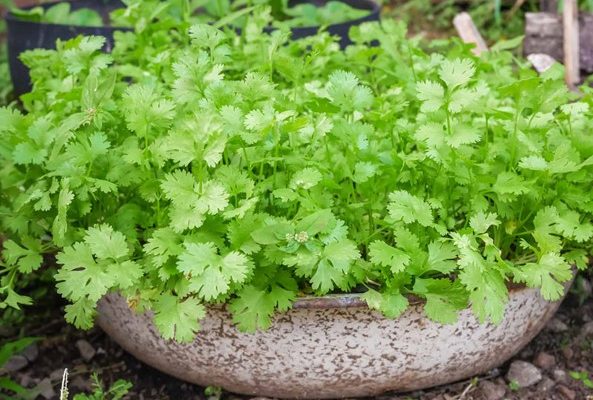
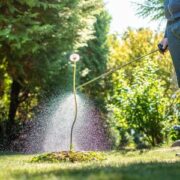

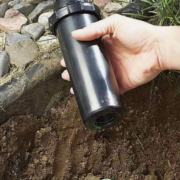
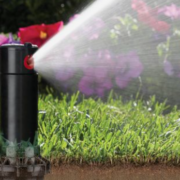
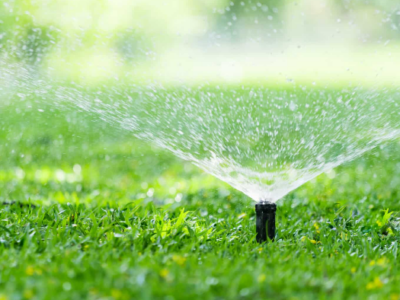
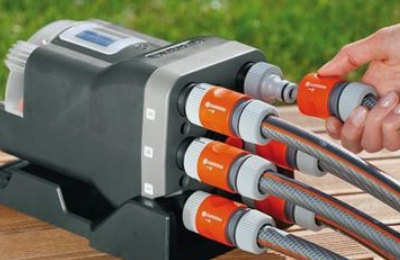

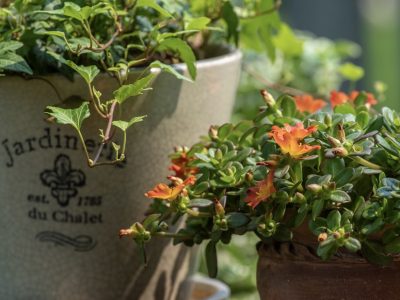
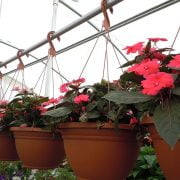
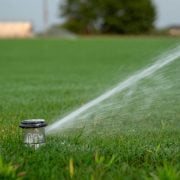


Comments